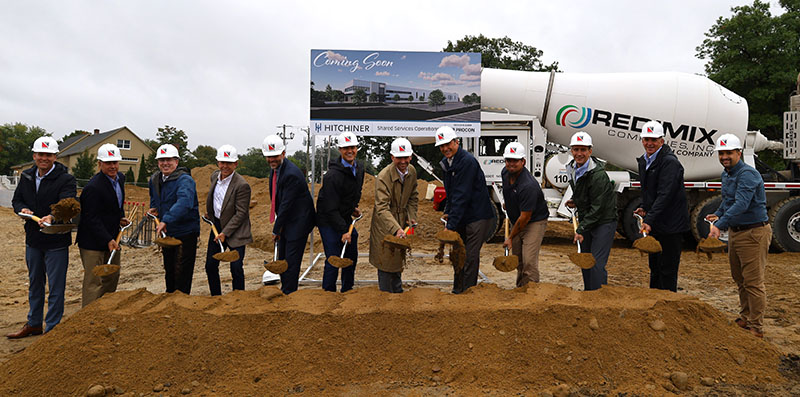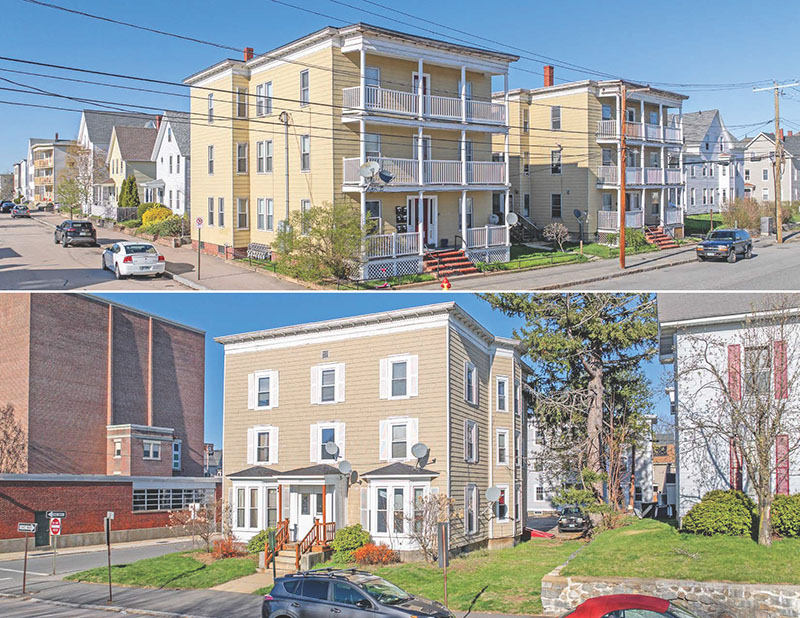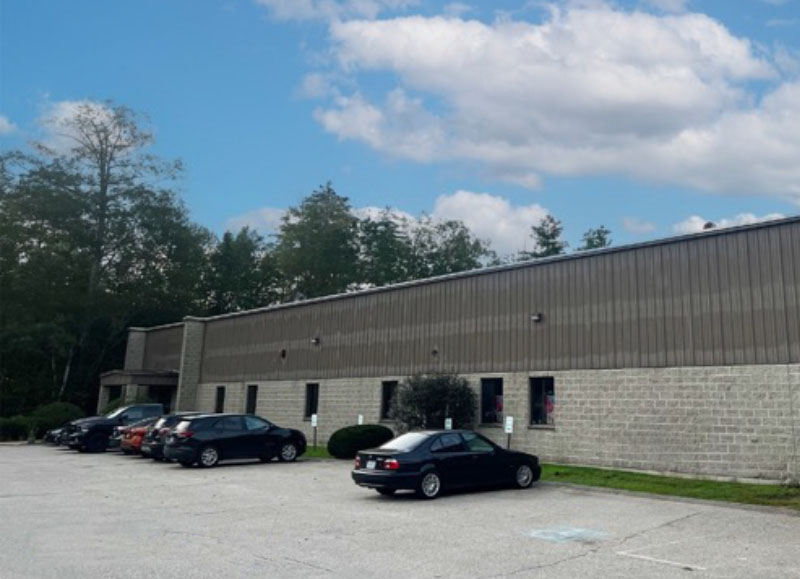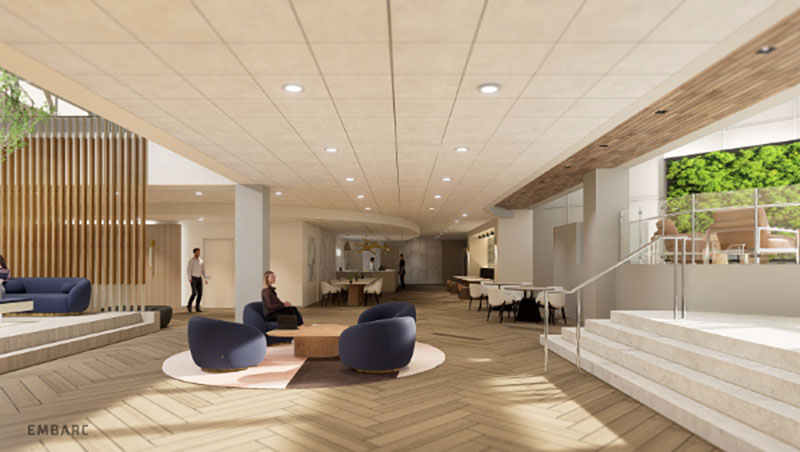News: Northern New England
Posted: March 6, 2008
Medical office space demand is strong both on and off hospital grounds
Demand for medical office space continues to significantly exceed supply on most hospital campuses at both the local and regional levels. One of the most significant trends to emerge from this demand is the delivery of medical services at satellite facilities often associated with the hospital network. This arrangement is beneficial to the hospitals, medical practitioners and consumers for differing, but related, reasons.
First, most hospitals simply do not have the land area to accommodate additional development. Some have demolished older buildings and replaced them with modern structures; however, the net gain in square footage is not substantial enough to handle all of the medical practices that desire to be on-campus. In a move to increase development densities, many hospitals have constructed expensive parking garages as a way to achieve greater utilization of constrained/limited sites. Both practices result in a cost structure that is prohibitively expensive for all but a few specialty practices or those that require the supporting hospital infrastructure (i.e. operating rooms).
Second, we regularly hear from medical practitioners that they are being squeezed on all sides from rising costs (malpractice insurance, electronic record management, etc) and sometimes a drop in revenues (insurance reimbursements). This trend will likely continue despite the outcry from consumers that medical expenses are unbearable. By default, many medical practitioners will establish off-campus facilities with reduced cost structures.
Third, consumers have become accustomed to doctor office visits and some trauma/specialty treatments at remote (satellite) locations. In fact, most patients prefer to visit their doctor in a comfortable setting far removed from the congested hospital campuses. Readily accessible locations near their homes, school and work places make these facilities very convenient and, combined with free parking just steps from their doctor's door, are welcomed.
In the Concord market, where INEX Properties handles a number of medical office properties for lease, the demand for space has been consistent throughout 2007 into 2008. In fact, since January we have noticed a slight increase in leasing activity.
The medical industry is one market sector that remains vibrant. Lease rates are a direct result of today's increasing land and building costs. New medical developments are being offered for sale at $210- $235 per s/f on a turnkey basis. Specialty fit-up is additional. In order for developers/investors to achieve their desired rates of return, tenant lease deals must be struck at an effective lease rate in the range of $20 - $22 per s/f NNN. Subsequent lease years typically have CPI or fixed base rent adjustments of approximately 3% per year. Operating expenses are passed through to tenants and have been similarly increasing at 3-5% annually. Expenses now average $8 per s/f and are generally quoted net of tenant cleaning and often exclusive of tenant utilities (electric being separately metered and paid directly by tenants). Lease term becomes critically important in attempting to put deals together, as without a minimum term of 7-10 years from anchor tenants (possibly 5 years from small, fill-in tenants), the projects are simply not viable. Amortization of the infrastructure and tenant improvements is too great over shorter time frames, so deals must be longer in order to get projects off the ground.
Fortunately for the medical industry and, in particular the Concord market, the demand for space has been steady. Since 2000, development of office buildings (often with anchor commitments from medical tenants) has occurred in prime locations across the city. Exit #15 Commercial St. (off I-93) started the ball rolling with the development of the Grappone Conference Center along with three multi-story office buildings totaling 135,000 s/f, plus the Delta Drive properties. Just north at exit #16 Foundry St., the latest office development is taking place where a 22,000 s/f facility constructed in 2004 will be joined by three medical office condominium buildings totaling 34,000 s/f.
Two Pillsbury St. is another example of medical office deals leading the way. This long-dormant, 125,000 s/f building garnered enough long-term lease and condominium purchase interest for the developer to finally create a viable project.
More opportunities exist, including a 10,500 s/f redevelopment property located at 194A Pleasant St. near Concord Hospital.
All factors considered - including our aging population and the unrelenting desire by medical consumers for quality services - suggest that the demand for medical office space will continue for the foreseeable future.
Mark Lacombe, CCIM is the vice president, real estate practice leader at INEX Properties, Manchester, NH.
Tags:
Northern New England
MORE FROM Northern New England
PROCON and Hitchiner break ground on 57,000 s/f shared services operations facility
Milford, NH Hitchiner, in partnership with PROCON’s integrated design and construction team, has officially broken ground on a new 57,000 s/f shared services operations facility at its Elm St. campus. This building will house value-added services used across Hitchiner’s various business units,








